Do you ever wonder why some wines have a distinct flavor or aroma while others are more muted? Have you ever considered why different regions produce different types of wines? If so, you’ve likely heard the concept of terroir, but do you really understand what it means? Read on to learn more!
Terroir, a French word for soil or land, is a term that describes the environmental factors that give food or beverages, especially wine, their unique characteristics. More broadly, terroir is about a sense of place or a taste of a place. Clear as mud, huh? Terroir is one of those squishy-feely terms that can be a bit hard to define, so let’s take a closer look…
What factors influence terroir?
There are folks who devote their entire lives to studying terroir, so needless to say, there is a lot to the topic! The info that I’ve gathered here is just a high overview of a few of the primary factors that influence terroir; a starting point for those of you who like me enjoy exploring what it is that gives a food a unique taste of the place.
Climate
The climate of a region, and even the micro-climate of a particular plot of land, has a huge impact on the foods that are grown there. Average temperatures, temperature swings, rainfall, humidity, and even the wind have an influence. Some varieties of grapes, such as zinfandel and grenache, do best in hot climates, while other varieties, like riesling and pinot noir, do better in cool climates. Even more interesting, the same type of grape grown in different climates can result in very different wines. Syrah, for example, tends to be more full-bodied, rich, and fruit-forward when it’s grown in warm regions like California, but more light-bodied and floral when grown in cooler regions like Northern France.
The shape of the land
If you live in the northern hemisphere, have you noticed how snow tends to stay on a north-facing slope longer than a south-facing slope? Or have you had a chance to hike through rolling hills and observe that sometimes the low-lying valleys tend to be damp while the higher slopes tend to be dryer? These are examples of how the shape of the land makes an impact. The elevation of an area, the steepness of a slope, and the direction of a slope all influence what can grow in a particular place and how much those plants will either thrive or struggle.
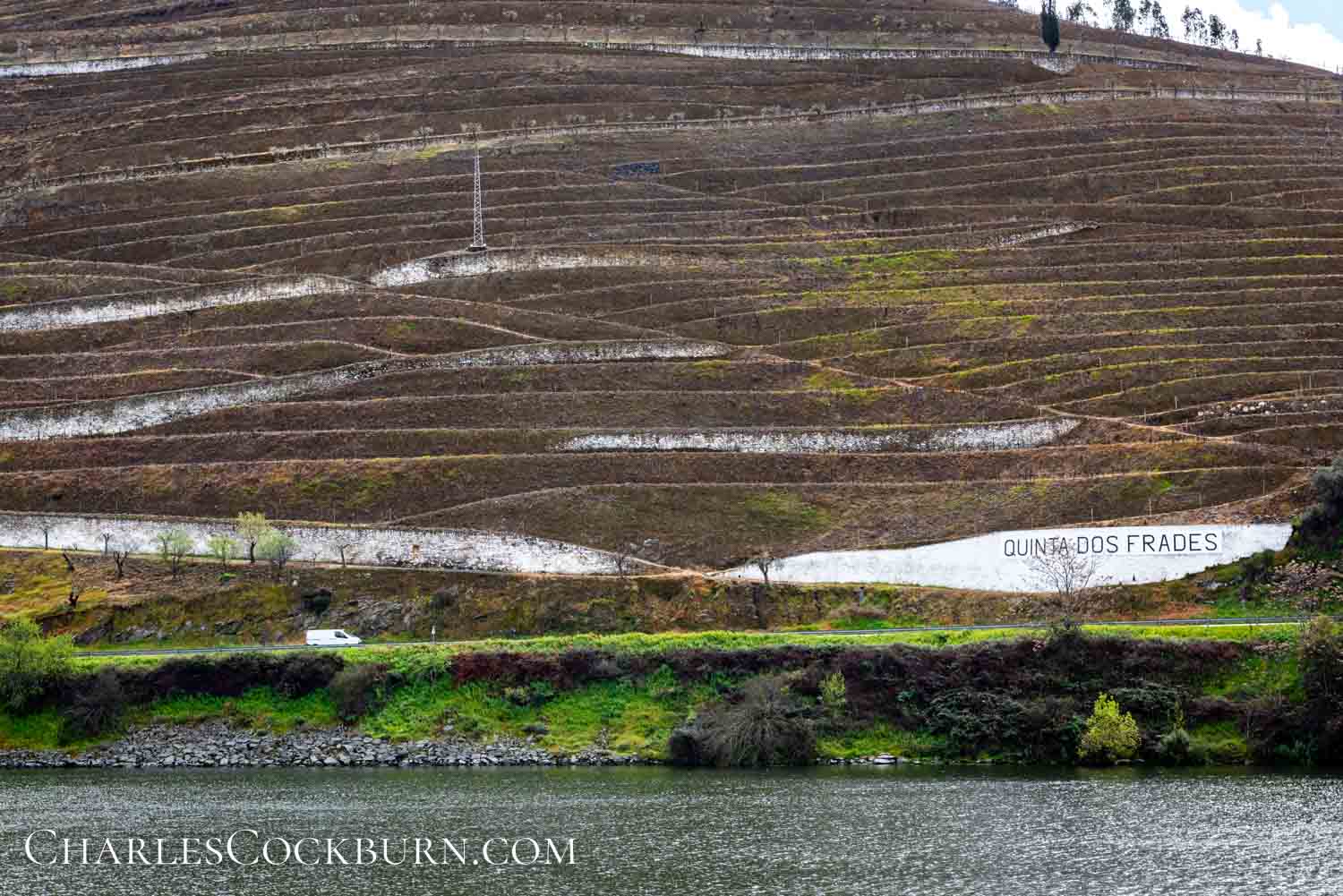
Soil
If you’ve ever enjoyed a crisp white wine and noticed hints of minerally flavors like stone or slate, then you’ve experienced the influence of soil on terroir.
Whether the soil is rich or poor, retains water or drains quickly, and what minerals it is composed of all impact the foods that are grown in it. Poor soil that drains quickly causes plants to struggle to survive, and in the case of grapes, this can lead to richer, more intense fruit.
The minerals in the soil play their part too, affecting the chemistry of the growing plant. Different mineral compositions lead to different flavors in food. So when you’re sipping that crisp white wine and notice those lovely mineral flavors, you’re picking up on the unique impact of the soil. Are you actually tasting the dirt? No, probably not. But you are tasting the wonderful influence of that particular place captured in a glass!
Other influences
Climate, the shape of the land, and soil are just a few of the biggies when it comes to terroir. Many factors such as microbes in the soil, other plants growing in the area, and human influences like terracing of hillsides all play their part in creating a taste of the place.
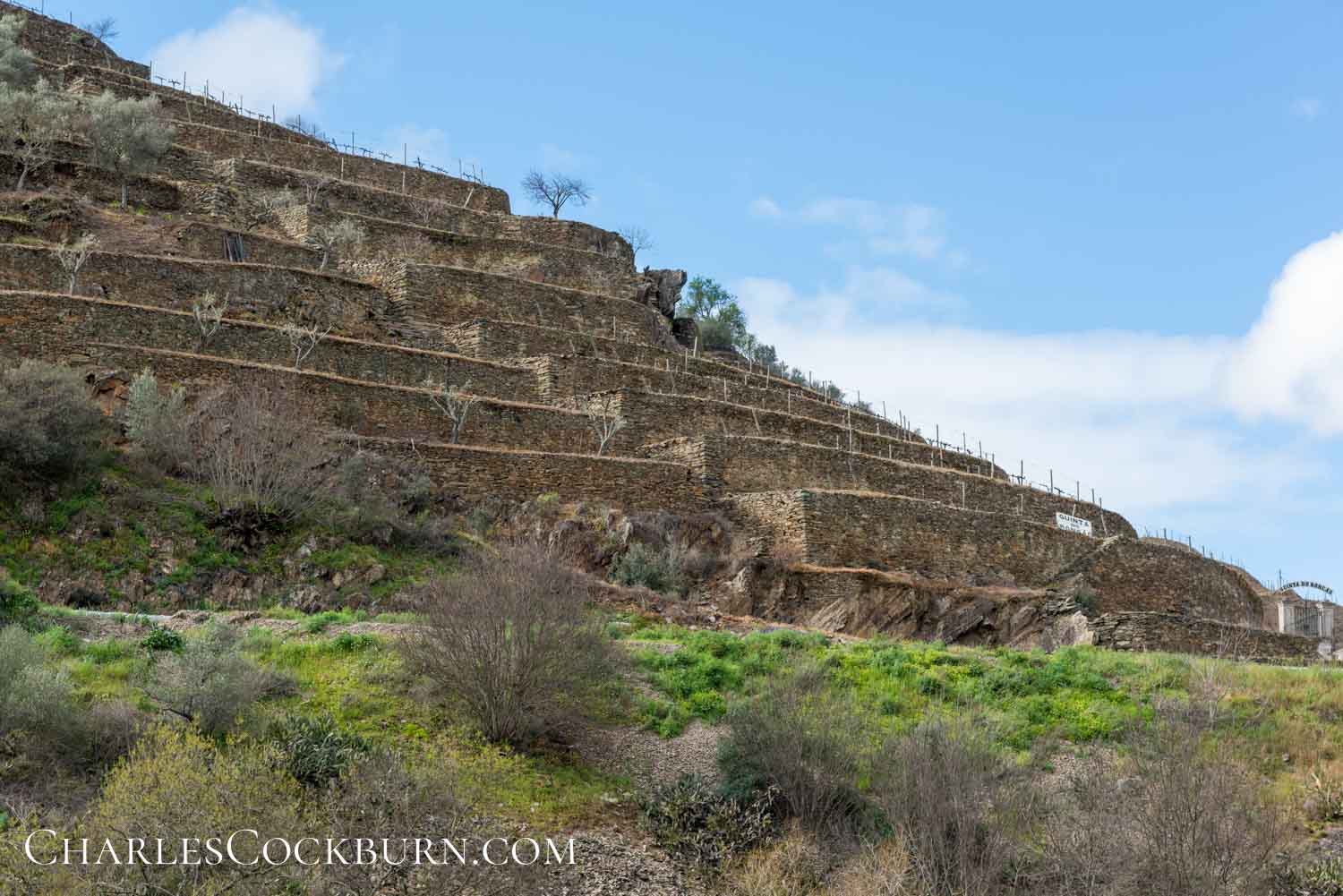
Can you taste the terroir in foods other than wine?
You bet! Any foods that especially capture the characteristics of a particular place, such as olive oil, chocolate, coffee, tea, cheese, honey, and even fruits and veggies can capture and express their unique terroir.
Here are a few fun learning experiments for you to try…
- Compare two wines made with the same type of grapes but grown in different regions of the world. Try to choose wines of about the same quality. Can you taste a difference?
- Taste two high-quality dark chocolates from different regions side by side. A recent favorite of mine is Beyond Good (affiliate link) – they specialize in single-origin chocolate from Madagascar and Uganda. Chocolate from Madagascar tends toward fruity bright flavors, while chocolate from Uganda tends to have richer and darker flavors.
- When chatting about terroir, you certainly can’t skip coffee! Next time you are out to your favorite, high-quality coffee shop and you’re up for an experiment, taste two shots of espresso from different regions side by side. Take the time to notice the differences between the two. Look for flavors like nuttiness, fruitiness, acidity, and unique notes such as chocolate or smoke.
I rounded up an old video I produced many years ago about honey with terroir. Give it a watch!
How do you pronounce terroir?
Terroir is a French word, which can be challenging for English speakers, including me, to pronounce. Think soft Rs with the accent more heavily on the second syllable – “teh-wa” or “tehr-wahr”.
Here is a great little video demonstrating both an authentic French pronunciation and a more Americanized version that is still spot-on –
Is the name “Taste Of The Place” related to terroir?
Yes, it is! The idea for Taste Of The Place came about after a magical evening on the Oregon coast. My hubby and I were enjoying an amazing meal of locally caught seafood alongside a bottle of local wine while gazing out over the ocean. The meal and the setting complemented each other perfectly, with everything coming together as a beautiful moment of experiencing the Oregon coast with all of our senses – a true Taste Of The Place.
Through the Taste Of The Place website, I hope to encourage others to embark on magical experiences like our Oregon coast meal. We might not always be able to travel to a particular place to experience it in full, but we can experience a taste of that place through foods that capture the essence of the region.
Just as wine, coffee, and chocolate can capture the terroir of a particular place, a meal, prepared with the cherished flavors and ingredients of a particular region can transport our senses, giving us a magical taste of the place.
Enjoy the adventure!
– Julie 😀
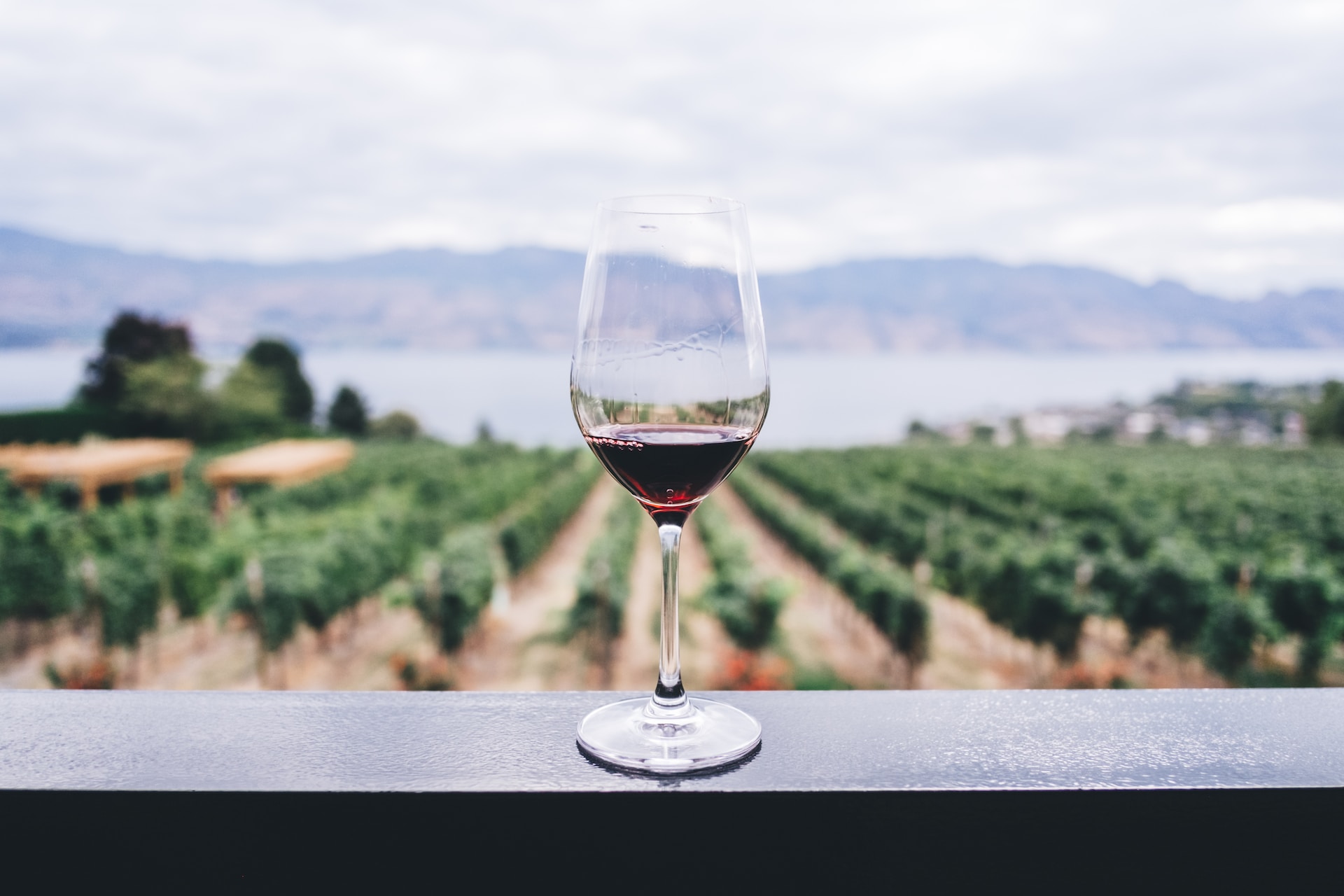
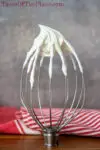
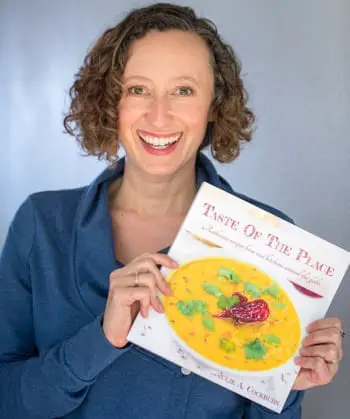





Leave a Reply